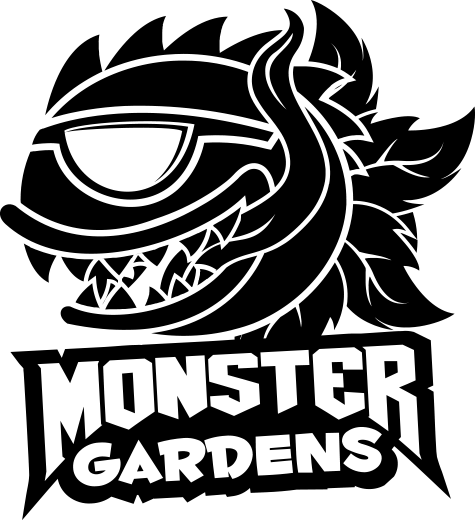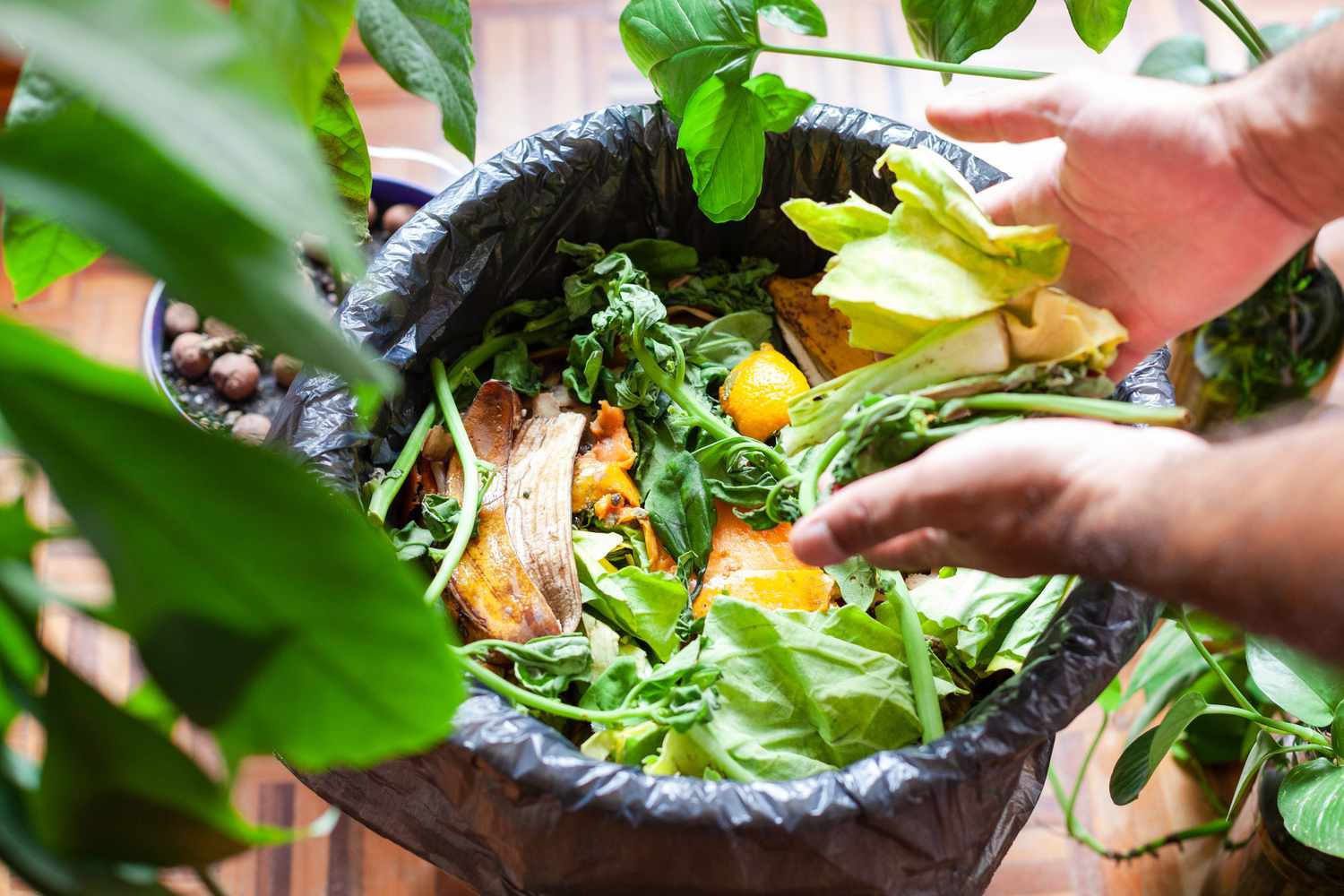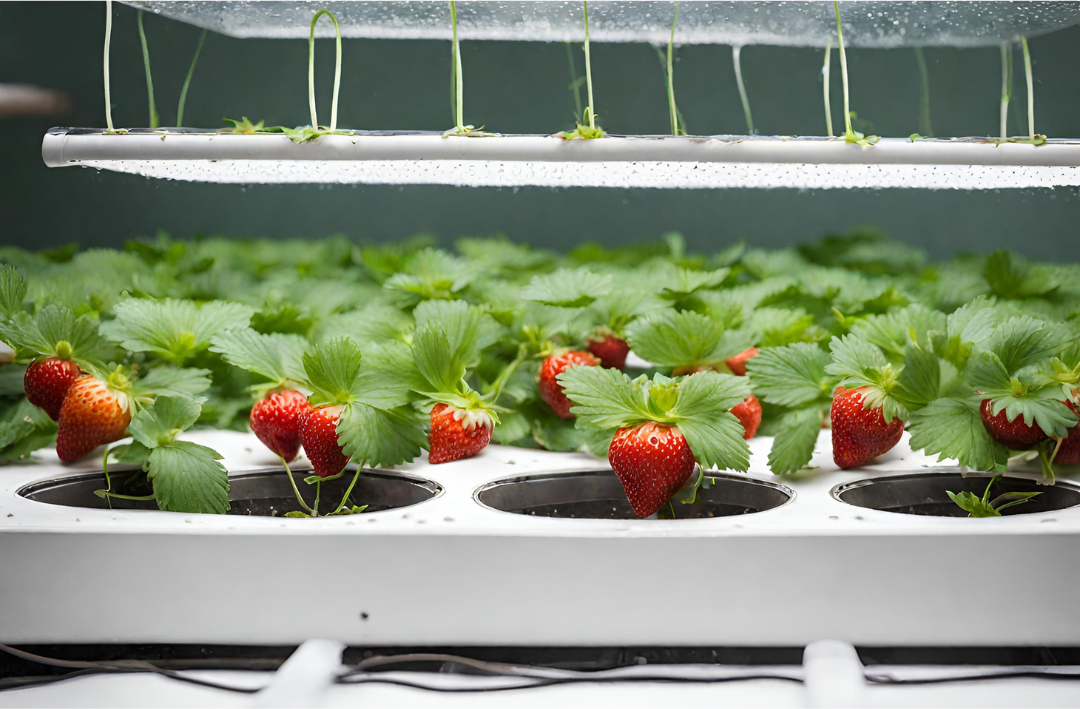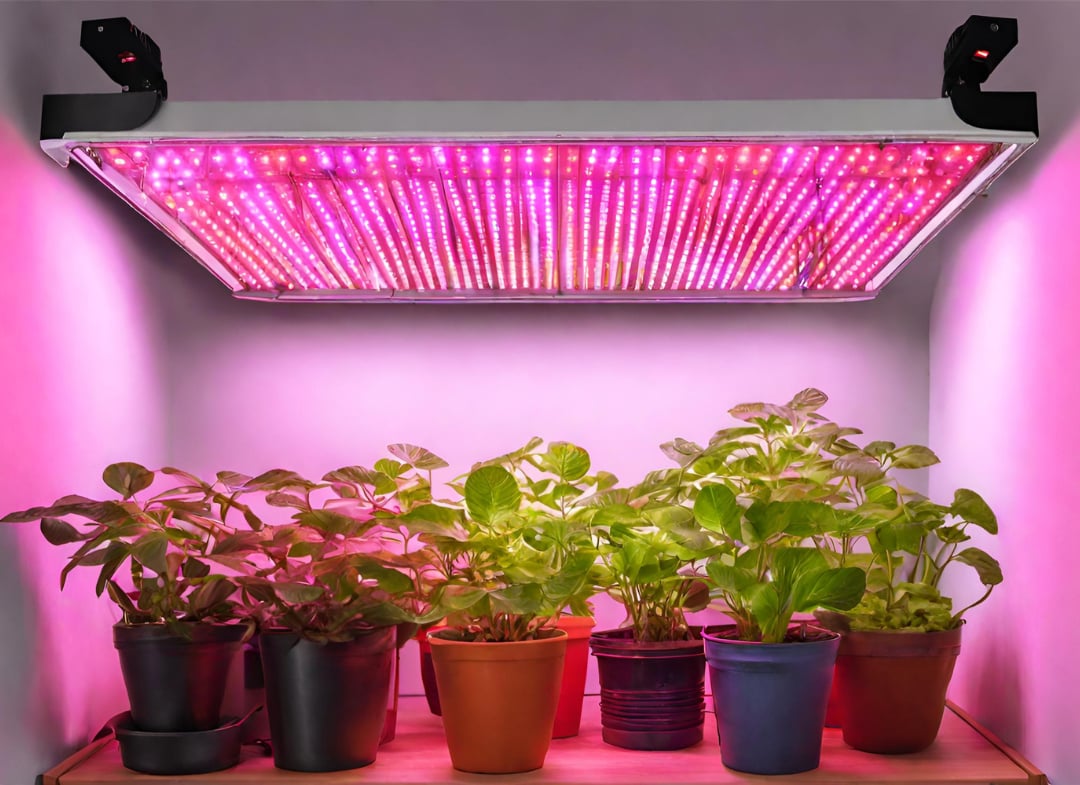
Gardening Guardians: Understanding Safe Pest Control for a Healthy Landscape
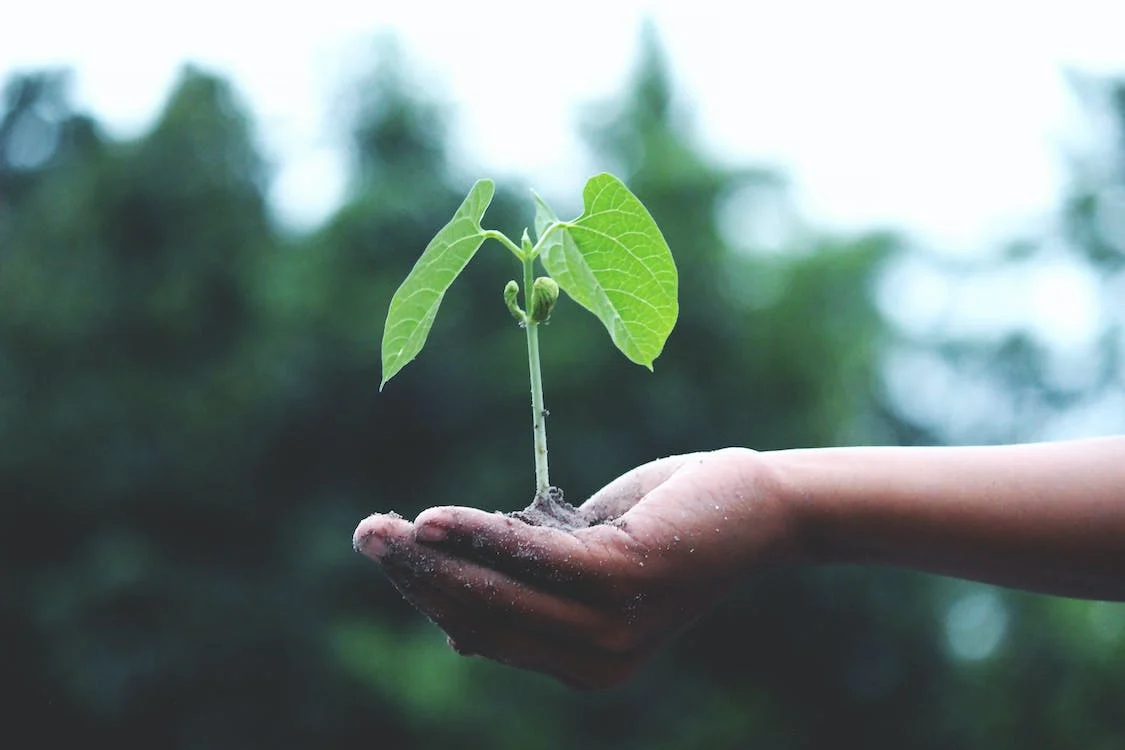
In today's eco-conscious world, keeping gardens healthy and landscapes lush no longer means resorting to harmful chemicals. Safe pest control practices are essential for maintaining a lively garden, promoting a healthier community, and preserving biodiversity. Choosing safe pest control techniques can significantly reduce the potential risks associated with traditional methods while fostering a balanced and thriving garden ecosystem.
The Dangers of Traditional Pest Control Methods
Traditional pest control methods generally include using synthetic chemicals and pesticides frequently to combat garden pests. Although effective in the short term, these methods are often associated with detrimental environmental impacts and potentially harmful health risks to humans and non-target species such as beneficial insects and other wildlife. Overuse and improper application of synthetic pesticides can lead to water pollution, soil degradation, and harmful residues on food crops. Additionally, synthetic pesticides may contribute to pest resistance, ultimately leading to more aggressive pests that are difficult to control. This awareness of the dangers associated with conventional approaches has sparked a growing interest in safe pest control methods.
Setting the Ground: Understanding Your Landscape
A key aspect of effective pest management is understanding the unique dynamic of your landscape. This involves familiarizing yourself with the types of plants that thrive in your garden, their growth cycles, and identifying the common pests that afflict them. Recognizing the signs of a healthy plant versus a pest-infested one can provide critical insights into addressing your gardening challenges. It's also essential to develop a deep understanding of your local environment—weather patterns, temperature fluctuations, and soil quality—as these factors directly impact your garden's health and pest presence.
Pest Identification and Lifecycle
Being familiar with the pests in your garden, their characteristics, behavior, and lifecycle allow for targeted and efficient pest control. Each pest species has its preferred host plants, lifecycle, and habits. Some common garden pests include aphids, whiteflies, slugs, and snails. Identification guides and local expert advice can be valuable tools for properly identifying and understanding the life cycles of these pests. This knowledge will enable you to manage pests effectively while minimizing harmful impacts on environmental and non-target organisms.
Implementing Safe Pest Control Methods
Safe pest control strategies encompass a variety of approaches. When considering pest management methods, it's crucial to prioritize environmentally friendly options that can be as effective, if not more effective, than traditional techniques:
- Biological Control involves using natural enemies—like predators, pathogens, or parasites—to control pests. Examples include introducing or encouraging populations of ladybugs or lacewings that can help control aphids or releasing nematodes to combat slug and snail populations.
- Cultural Practices pertain to changing cultivation practices to make the environment less favorable for pests. Steps such as proper sanitation practices, rotating crops, planting pest-resistant cultivars, and proper irrigation management can reduce pest prevalence.
- Mechanical and Physical Controls involve removing pests, using traps, or creating barriers to prevent them from causing harm. Installing insect netting, introducing light or pheromone traps, or utilizing row covers can help keep pests at bay.
- Chemical Control, in the context of safe pest control, refers to using biopesticides or organic products derived from natural sources. These products can include neem oil, pyrethrin, or diatomaceous earth.
Case Study: A Successful Safe Pest Control
Landscapes at the Eden Project in Cornwall, UK, are a testament to the success of using environmentally friendly pest control methods. Using nematodes as a natural method to control slugs and snails has significantly reduced these pests across the gardens, showcasing that effective pest control can be safe and eco-friendly. The Eden Project is now a thriving example of responsible gardening practices at work by employing an integrated pest management approach and combining various secure pest control methods.
Maintaining Your Healthy Landscape
To maintain a healthy landscape, monitoring your plants regularly to detect early signs of pests and diseases is crucial. Practice crop rotation to break pest and pathogen build-up cycles in your soil. Encourage natural predators, such as birds and beneficial insects, to inhabit your garden by providing appropriate habitat, food sources, and water. Opt for targeted, minimal applications of organic or least-toxic products when using pesticides. Finally, nurture your soil health by incorporating organic compost and practicing sustainable soil management techniques. Following these practices can maintain a healthy, pest-free landscape while remaining eco-friendly.
The Gardening Guardians: Role of Safe Pest Control in Boosting Overall Plant Health
Safe pest control transcends merely keeping pests in check—it's about fostering an ecosystem where plants can thrive. By minimizing harm to beneficial insects and soil microbes, your garden's overall health and productivity can significantly increase while safeguarding the environment. Adopting safe pest control practices shows a commitment to long-term sustainability in the garden and recognizing the vital link between healthy landscapes and their surrounding ecosystems.
The Bottom Line
As gardening guardians, our role goes beyond nurturing plants to protecting the ecosystems they inhabit. Safe pest control methods allow us to maintain our landscapes responsibly and are fundamental in contributing to a healthier globe. As we deepen our understanding of our landscapes, we become better equipped to garden with nature instead of against it—one healthy landscape at a time. Embracing safe pest control ensures healthy and beautiful gardens and a thriving world for future generations to enjoy.
Author Bio:

About the Author


